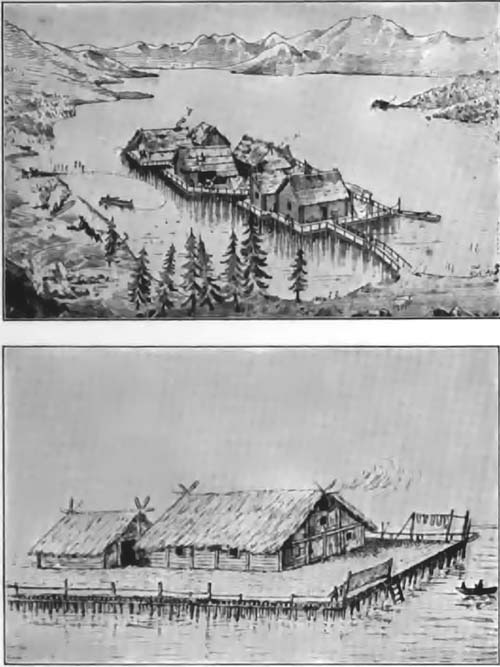E-text prepared by Chris Curnow, Turgut Dincer,
and the Online Distributed Proofreading Team
()
from page images generously made available by
Internet Archive
(http://archive.org)
and by the Google Books Library Project
(http://books.google.com)
| Note: | Images of the original pages are available through Internet Archive. See http://archive.org/details/newstoneageinnor00tyleuoft |
THE NEW STONE AGE
IN NORTHERN EUROPE
BY
JOHN M. TYLER
PROFESSOR EMERITUS OF BIOLOGY, AMHERST COLLEGE
NEW YORK
CHARLES SCRIBNER’S SONS
1922
Copyright, 1921, by
CHARLES SCRIBNER’S SONS
Printed in the United States of America
Published March, 1921
To
JOSEPH DÉCHELETTE
PATRIOT AND ARCHÆOLOGIST
KILLED IN BATTLE AT VINGRÉ (AISNE)
OCTOBER 3, 1914
PREFACE
The dawn of history came late in NorthernEurope and the morning was stormy. We seethe Roman Empire struggling in vain to holdback successive swarms of barbarians, pouringfrom a dim, misty, mysterious northland. Centuriesof destruction and confusion follow; thengradually states and institutions emerge, andfinally our own civilization, which, though stillcrude and semibarbarous, has its glories as wellas its obvious defects.
The growth, development, and training ofthese remarkable destroyers and rebuilders wasslowly going on through the ages of prehistorictime. Most of the germs, and many of the determinants,of our modern institutions and civilizationcan be recognized in the habits, customs,and life of the Neolithic period. Hencethe importance of its study to the historian andsociologist. It has left us an abundance of records,if we can decipher and interpret them. Itopens with savages living on shell-heaps alongthe Baltic. Later we find the stone monuments[Pg viii]of the dead rising in France, England, Scandinavia,and parts of Germany. They begin assmall rude shelters and end as temples, like thatat Stonehenge. People were thinking and cooperating,and there must have been no meansocial organization.
We find agriculture highly developed in thevalleys of the Danube and its tributaries. Wesee villages erected on piles along the shores ofthe Swiss lakes—probably a later development.We find implements, pottery, and bonesof animals; charred grains of wheat and barleyand loaves of bread; cloth and ornaments—almosta complete inventory of the food and furnishingsof the people of this

